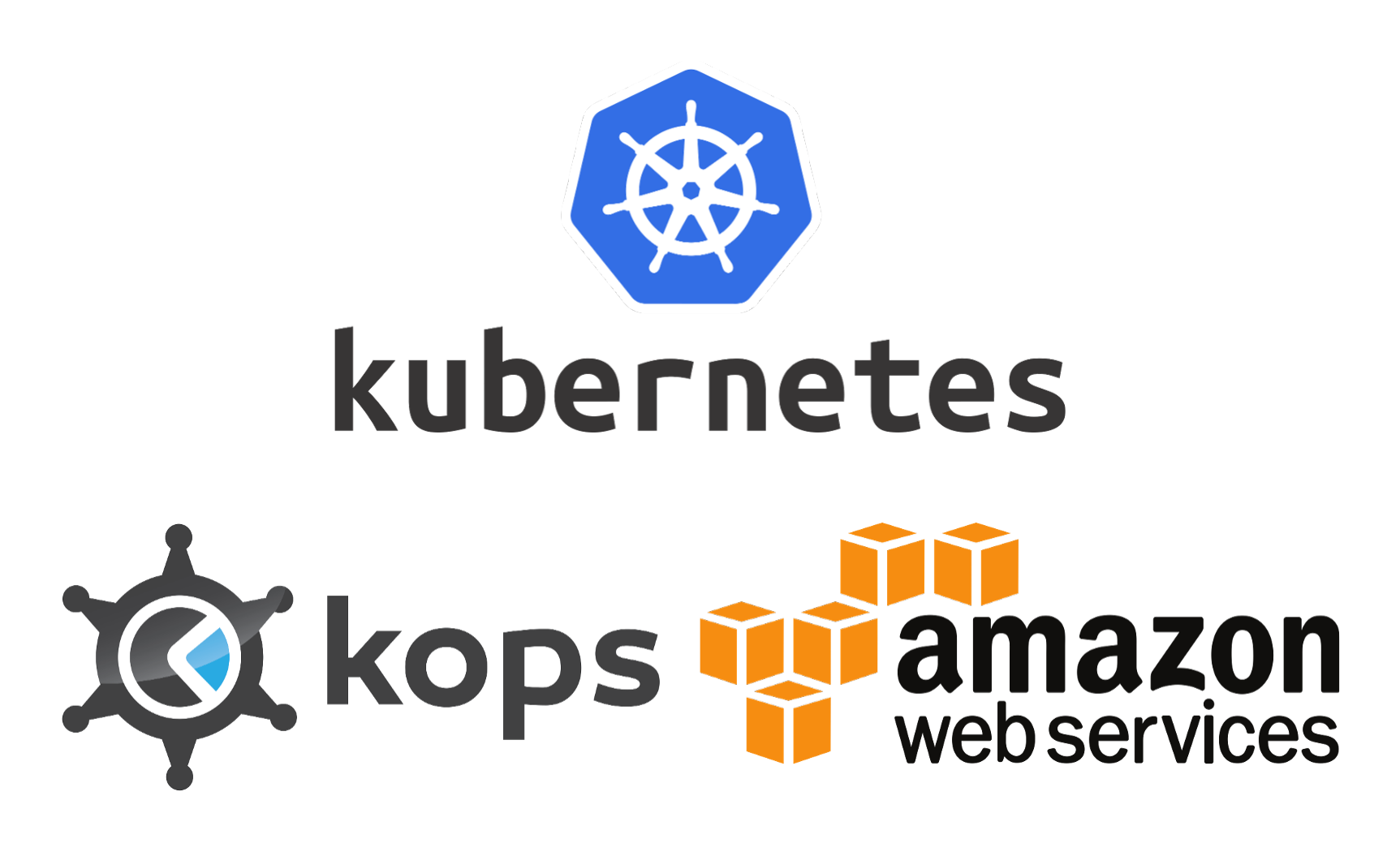
WHAT IS KUBERNETES IN AWS HOW TO
The exact process to follow here will depend on which Kubernetes distribution you use as a basic example, however, here’s how to set up and run the Minikube distribution in a Linux environment: curl -LO
WHAT IS KUBERNETES IN AWS INSTALL
Then, log into the EC2 instance that you want to serve as your master node, install a Kubernetes distribution on it and start the distribution. The nodes should run some version of Linux (you can use Windows-based VMs as worker nodes in Kubernetes, but this is less common, and master nodes must be Linux-based). (If you want a multi-node Kubernetes cluster, you’ll need a separate instance for each node.) You can create EC2 instances in the AWS console at. To do this, you first need to create at least one EC2 VM instance. Let’s take a look at these various options to see how they compare.

That is because, although AWS supports only two main Kubernetes deployment models – self-managed clusters on EC2 or AWS-managed clusters using the EKS service – there are multiple variants of the latter approach. Navigating the various Kubernetes deployment approaches supported by the AWS cloud is arguably more complicated than understanding how to deploy Kubernetes in other public clouds. Others require users to set up their own Kubernetes control planes using cloud-based infrastructure.Įither way, you get a Kubernetes environment that operates in the cloud, but the pricing, effort, security, and manageability of your environment may vary depending on exactly how it is hosted. As we’ll explain, some cloud Kubernetes deployments rely on managed services, which are essentially Kubernetes SaaS offerings developed by cloud providers. We’re referring to any Kubernetes environment that is hosted using public cloud infrastructure. What is cloud Kubernetes?īefore diving into the Kubernetes deployment options on the major public clouds, let’s make clear what we mean by “cloud Kubernetes.” But by understanding the many solutions out there and how they compare, you can make an informed choice about how to run Kubernetes in the cloud. The guide explains which Kubernetes services and deployment models each cloud supports and describes how to get started with each one.Īs you’ll learn, no one cloud Kubernetes option is necessarily better than the others. That’s why we’ve prepared this guide, which walks through all of the Kubernetes deployment options on the “Big Three” public clouds – Amazon Web Services (AWS), Microsoft Azure and Google Cloud Platform (GCP). In fact, there are so many ways to deploy cloud-based Kubernetes that it can be difficult to decide which approach is best for you. If you want to run Kubernetes in the cloud today, you have plenty of options to choose from.


One way to run Kubernetes in the AWS cloud is to set up virtual machines using EC2, AWS’s virtual machine IaaS service, then provision those VMs as nodes for a Kubernetes cluster that you set up and manage yourself.


 0 kommentar(er)
0 kommentar(er)
